Content Menu
● Understanding Thai Culture and Dress Code
● Types of Swimwear Suitable for Thailand
>> Bikinis
>> One-Piece Swimsuits
>> Swim Trunks
>> Cover-Ups
● Tips for Choosing Swimwear
● Popular Swimwear Brands in Thailand
● Swimwear Care Tips
● Choosing Swimwear Based on Activities
>> Relaxing on the Beach
>> Engaging in Water Sports
>> Exploring Islands
● Fashion Trends in Swimwear
● Packing Essentials for Your Trip
● Conclusion
● Frequently Asked Questions
>> 1. Can I wear a bikini anywhere in Thailand?
>> 2. What type of swimwear do locals wear?
>> 3. Is topless sunbathing allowed?
>> 4. What should I wear after swimming?
>> 5. Where can I buy swimwear in Thailand?
● Citations:
When planning a trip to Thailand, especially if you intend to visit its stunning beaches and islands, choosing the right swimwear is crucial. This guide will help you understand the cultural context, the types of swimwear that are acceptable, and how to dress appropriately while enjoying the sun and sea.
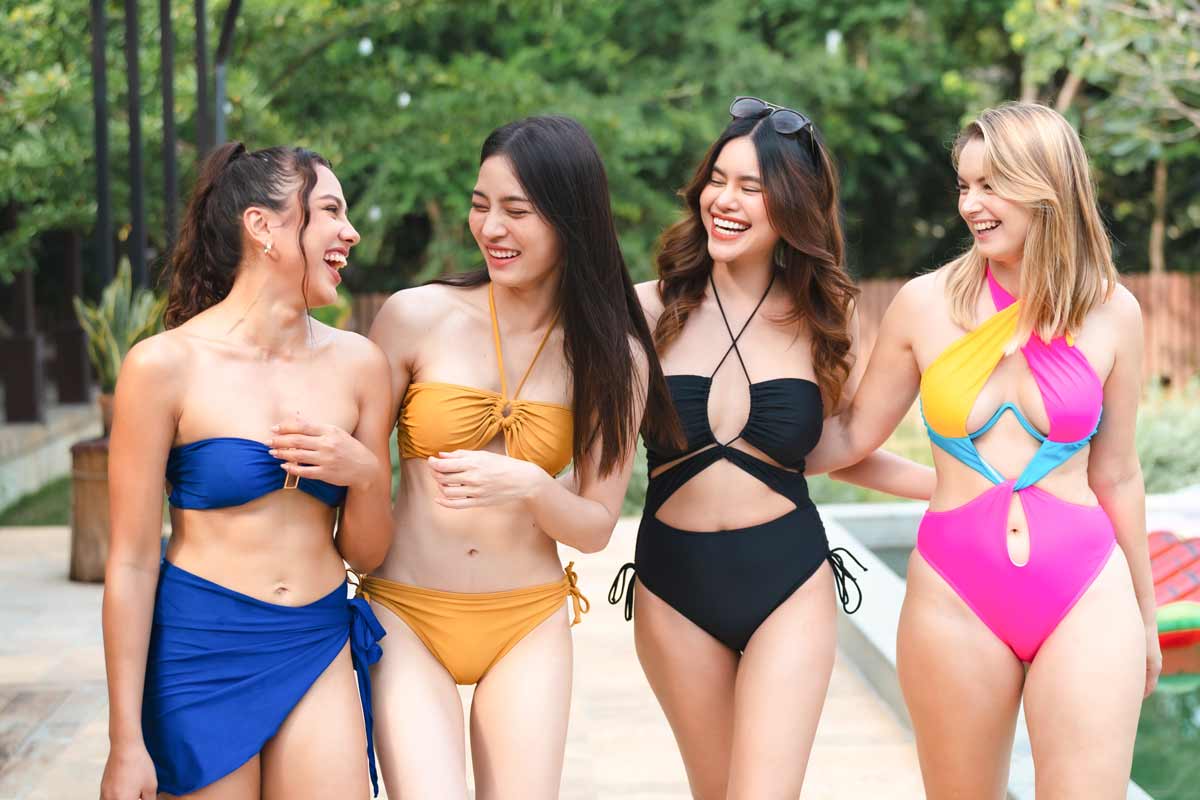
Understanding Thai Culture and Dress Code
Thailand is known for its beautiful beaches, vibrant culture, and warm hospitality. However, it is also a country with conservative values regarding dress codes, especially outside of tourist areas. While tourists often wear bikinis and swimsuits at the beach, it's essential to respect local customs when venturing away from these areas.
- Beach Areas: In popular tourist destinations like Phuket, Koh Samui, and Pattaya, wearing bikinis or swim trunks at the beach or pool is perfectly acceptable. Locals are accustomed to seeing tourists in swimwear.
- Public Spaces: In contrast, wearing swimwear in public spaces such as shopping malls or restaurants is frowned upon. It's advisable to cover up with a sarong or light clothing when leaving the beach.
Types of Swimwear Suitable for Thailand
When selecting swimwear for your trip to Thailand, consider the following options:
Bikinis
Bikinis are widely accepted on the beaches of Thailand. However, it's best to choose styles that offer a bit more coverage to align with local sensibilities. Here are some popular styles:
- Classic Bikinis: These come in various designs and colors. Opt for ones that provide moderate coverage.
- High-Waisted Bikinis: These are fashionable and provide more coverage than traditional bikinis while still being stylish.
- Tankinis: A tankini offers more coverage than a bikini but is still suitable for swimming.
One-Piece Swimsuits
One-piece swimsuits are a great alternative for those who prefer more coverage. They come in various styles:
- Sporty Styles: Ideal for active beachgoers who plan on swimming or engaging in water sports.
- Fashionable Cuts: Look for one-pieces with cutouts or unique designs that can double as a stylish outfit when paired with shorts or a cover-up.
Swim Trunks
For men, swim trunks are the go-to option. They are comfortable and appropriate for beach activities. When choosing swim trunks:
- Length Matters: Opt for trunks that are not too short; mid-thigh length is generally acceptable.
Cover-Ups
Regardless of your swimwear choice, having a cover-up is essential when transitioning from beach to town:
- Sarongs: A versatile piece that can be worn in multiple ways—around the waist, as a dress, or even as a shawl.
- Light Dresses or Kaftans: These can be easily thrown over your swimsuit and are perfect for dining or walking around town.
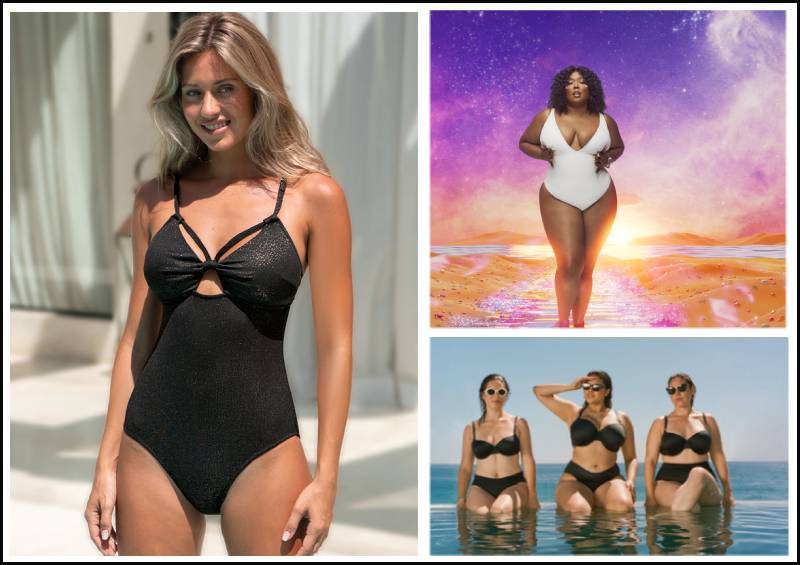
Tips for Choosing Swimwear
When selecting swimwear for Thailand, keep these tips in mind:
- Comfort is Key: Choose fabrics that are lightweight and breathable due to the hot climate.
- Avoid Revealing Styles: While bikinis are acceptable at the beach, avoid overly revealing styles as they may be considered disrespectful in other settings.
- Consider Local Preferences: Some areas may have stricter cultural norms; always be observant of how locals dress.
Popular Swimwear Brands in Thailand
If you need to shop for swimwear once you arrive in Thailand, several local brands offer stylish options:
- Aprilpoolday: Known for its vintage-inspired designs.
- Beach Bonfire Bangkok: Offers elegant one-piece swimsuits and cover-ups.
- Yorata: Specializes in trendy bikinis with unique prints.
Swimwear Care Tips
Taking care of your swimwear will ensure it lasts longer and maintains its appearance. Here are some care tips:
- Rinse After Use: Always rinse your swimwear with fresh water after swimming in saltwater or chlorinated pools to remove any chemicals that could damage the fabric.
- Avoid Hot Water: When washing your swimwear at home, use cold water and mild detergent to prevent fading and stretching.
- Air Dry Only: Never put your swimwear in the dryer; instead, hang it up to air dry away from direct sunlight to prevent fading.
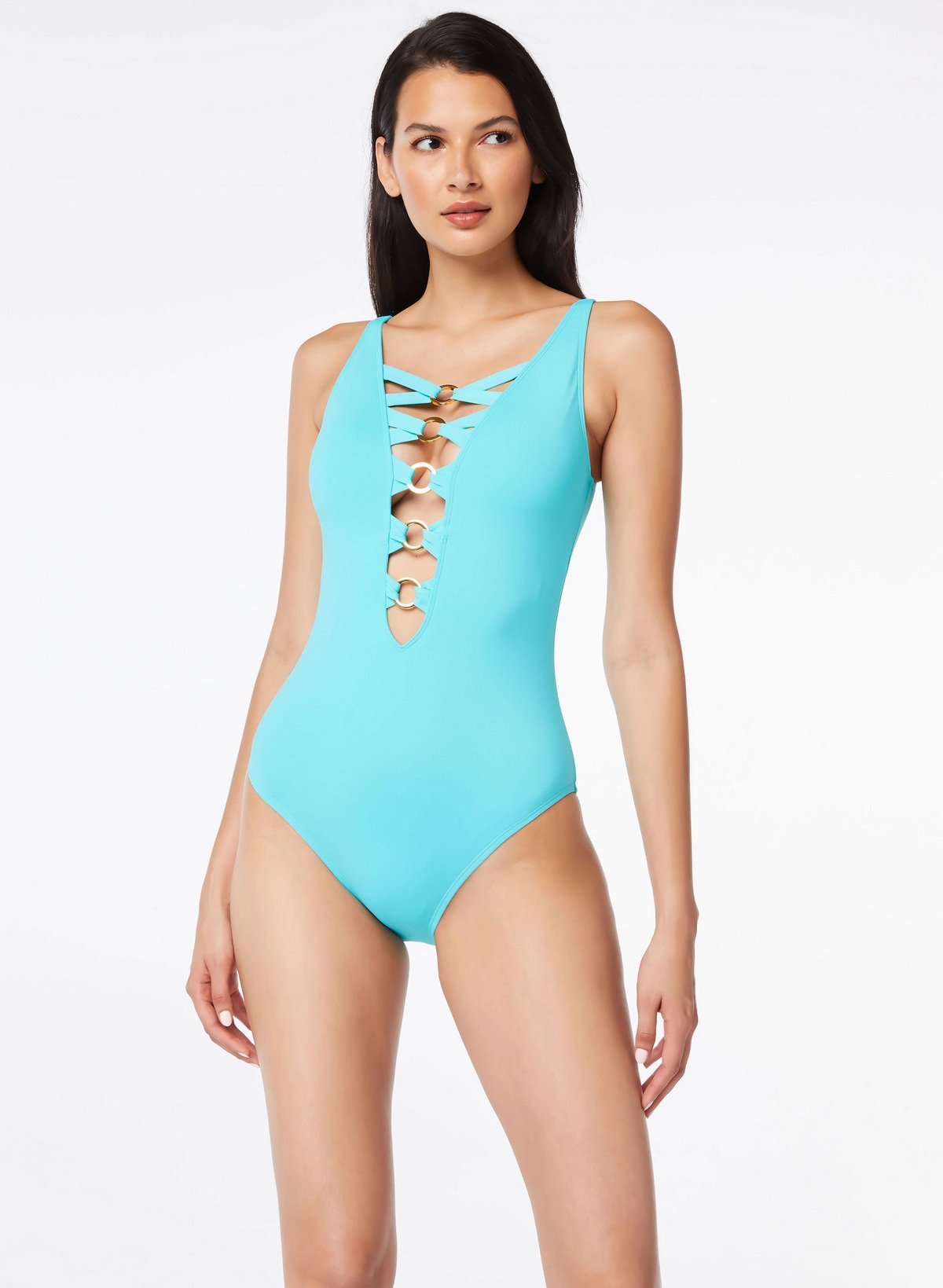
Choosing Swimwear Based on Activities
Different activities may require different types of swimwear. Consider what you plan to do during your trip:
Relaxing on the Beach
If your primary goal is lounging by the beach:
- Opt for comfortable bikinis or one-pieces that allow you to relax without worrying about adjusting your swimsuit frequently.
Engaging in Water Sports
For those planning on participating in water sports such as jet skiing, snorkeling, or paddleboarding:
- Choose sporty swimsuits with good support that stay secure during movement.
- Look for rash guards that provide UV protection while keeping you comfortable during activities.
Exploring Islands
If you're island-hopping and exploring different beaches:
- Versatile swimwear options like tankinis or one-pieces paired with shorts can help you transition easily from water activities to casual outings on land.
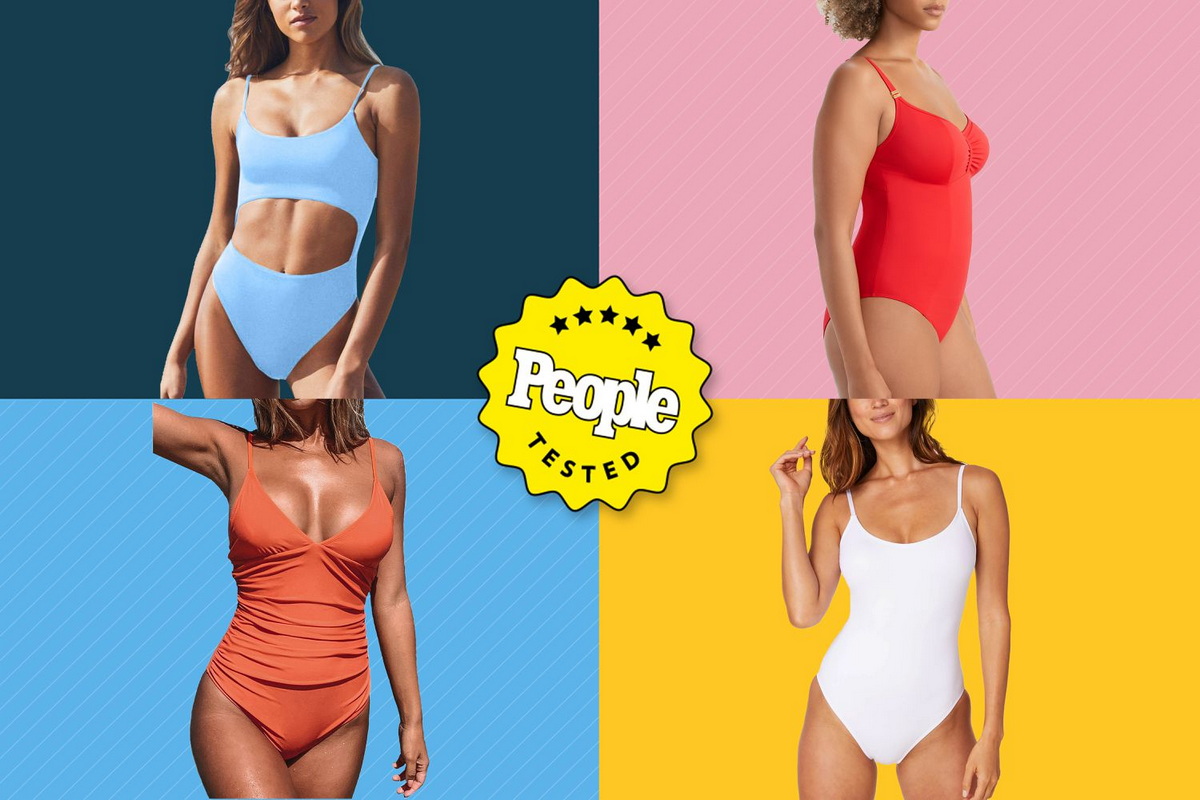
Fashion Trends in Swimwear
Swimwear fashion trends evolve regularly. Here are some current trends that can inspire your choices:
- Eco-Friendly Materials: Many brands now offer swimsuits made from recycled materials as sustainability becomes increasingly important.
- Bold Prints and Colors: Vibrant colors and tropical prints reflect the essence of Thailand's natural beauty and can make your beach experience more enjoyable.
- Retro Styles: High-waisted bikinis and vintage-inspired one-pieces are making a comeback, providing both style and comfort.
Packing Essentials for Your Trip
In addition to swimwear, consider packing these essentials for your beach vacation in Thailand:
- Sunscreen: Choose a high-SPF sunscreen that is water-resistant and reef-safe to protect both your skin and marine life.
- Beach Towel: A quick-dry towel is ideal for beach days; look for lightweight options that pack easily.
- Flip-Flops or Sandals: Comfortable footwear is essential for walking on hot sand or exploring coastal towns.
- Hat and Sunglasses: Protect yourself from the sun with a wide-brimmed hat and UV-protective sunglasses.
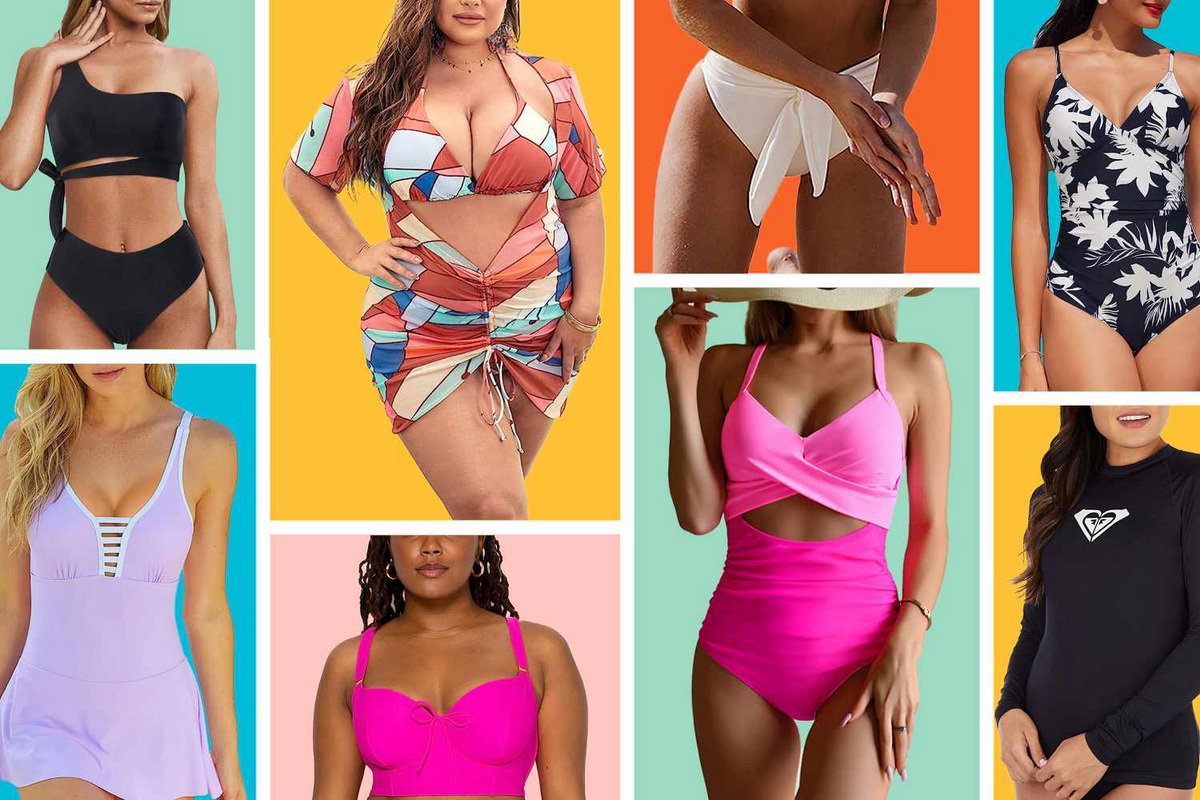
Conclusion
In summary, when visiting Thailand, you can wear bikinis and swimsuits at the beach or pool but should always be mindful of local customs when away from these areas. Choosing appropriate swimwear not only enhances your comfort but also shows respect for the local culture. By understanding what types of swimwear are suitable and how to care for them properly, you can enjoy everything Thailand's beautiful beaches have to offer while feeling confident and stylish.
Frequently Asked Questions
1. Can I wear a bikini anywhere in Thailand?
- Bikinis are acceptable at beaches and pools but should not be worn in public areas like restaurants or shops.
2. What type of swimwear do locals wear?
- Many locals prefer more modest swimwear; some even swim fully clothed.
3. Is topless sunbathing allowed?
- Topless sunbathing is considered taboo in Thailand and should be avoided.
4. What should I wear after swimming?
- It's best to wear a cover-up such as a sarong or light dress when leaving the beach.
5. Where can I buy swimwear in Thailand?
- Swimwear can be purchased at shopping malls in cities like Bangkok or at boutiques in beach towns.
Citations:
[1] https://catisoutoftheoffice.com/bikini-in-thailand/
[2] https://www.ministryofvillas.com/what-to-wear-in-the-thai-islands/
[3] https://www.dreamstime.com/photos-images/thai-bikini-model.html
[4] https://www.newsflare.com/video/600957/runners-wear-revealing-swimwear-at-bikini-beach-race-in-thailand
[5] https://gotothailand.com/what-to-wear-thailand/
[6] https://www.thekohsamuiguide.com/post/what-to-wear-in-thailand
[7] https://www.nemo-travel.com/blog/thailand-faqs/
[8] https://blog.pinkoi.com/en/hot-topics/rnedrvab/
[9] https://www.youtube.com/watch?v=KRqqICECm5Q






































